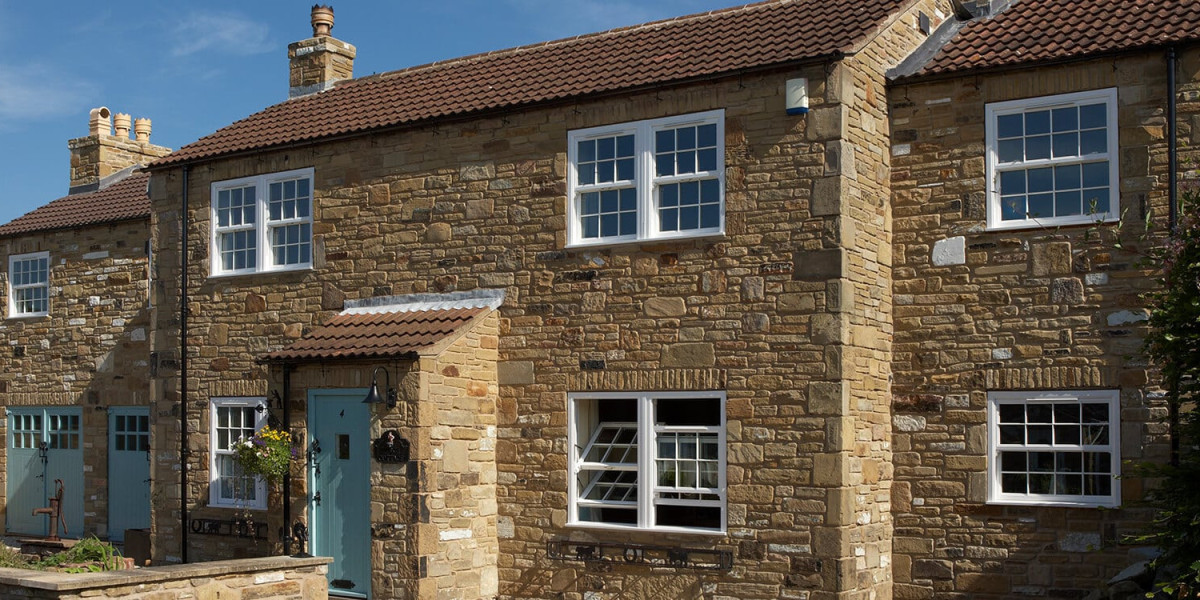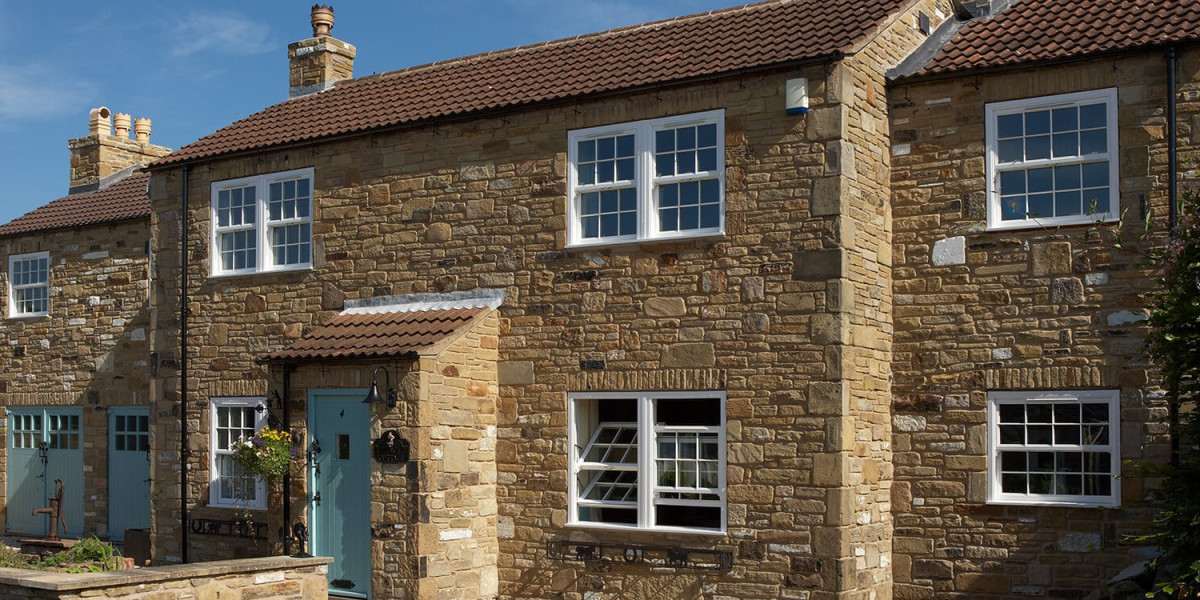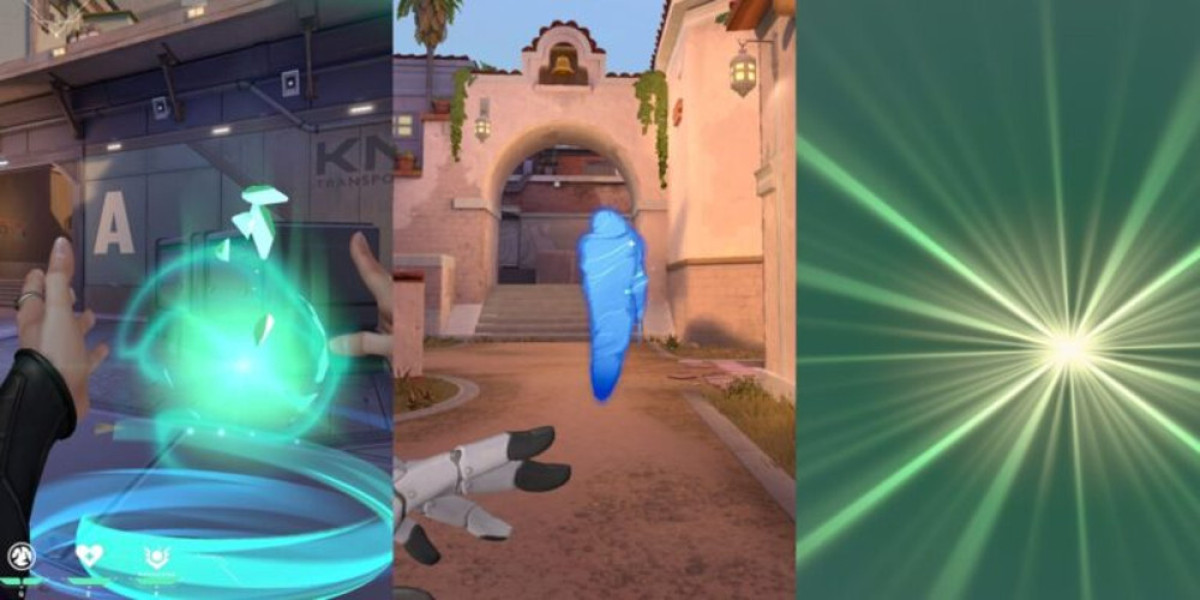In recent years, the architectural and interior design landscape has witnessed a significant transformation with the increasing popularity of glass partitions. These elegant and functional features are reshaping the way we think about space, light, and privacy in both residential and commercial settings. From office buildings to homes, glass partitions are becoming a preferred choice for creating versatile environments that foster collaboration, creativity, and a sense of openness.
Aesthetic Appeal and Modern Design
Glass partitions are not only functional but also add a modern aesthetic to any space. Their sleek and minimalist design complements various architectural styles, making them a versatile choice for designers and homeowners alike. The transparency of glass allows for natural light to flow freely throughout a space, creating an airy and inviting atmosphere. This quality is particularly valued in urban environments where space is often limited, and maximizing natural light can significantly enhance the overall ambiance.
Moreover, glass partitions can be customized in various ways, including frosted, tinted, or patterned options, allowing for a unique touch that aligns with the overall design vision. This adaptability makes glass a favored material among architects and designers who seek to create distinctive and personalized environments.
Enhancing Workplace Dynamics
In the corporate world, the rise of glass partitions has been particularly notable. As companies increasingly prioritize open-plan layouts to foster collaboration and communication among employees, glass partitions offer a solution that balances openness with the need for privacy. Traditional cubicles are being replaced by glass-walled meeting rooms and collaborative spaces that encourage teamwork while still providing areas for focused work.
Research has shown that environments with ample natural light and an open feel can significantly boost employee morale and productivity. Glass partitions facilitate this by allowing light to penetrate deeper into the workspace while also providing visual connections between different areas. This transparency helps create a sense of community and belonging among employees, which can lead to increased job satisfaction and retention rates.
Privacy and Acoustic Control
One of the common misconceptions about glass partitions is that they offer no privacy. However, advancements in glass technology have led to the development of soundproof glass options that effectively reduce noise transmission between spaces. This feature is particularly beneficial in open office environments where distractions can hinder productivity. Acoustic glass partitions can provide both visual and auditory privacy, allowing employees to engage in discussions or phone calls without disturbing their colleagues.
Additionally, frosted or tinted glass options can be employed in spaces where privacy is a concern, such as conference rooms, healthcare facilities, or consultation areas. These solutions allow for light to enter while obscuring visibility, striking a balance between openness and confidentiality.
Sustainability and Energy Efficiency
As the world becomes increasingly aware of environmental issues, the demand for sustainable building materials has risen. Glass partitions can contribute to energy efficiency in several ways. By allowing natural light to illuminate spaces, they reduce the need for artificial lighting during the day, leading to lower energy consumption. Furthermore, modern glass technologies, such as low-emissivity (Low-E) glass, are designed to minimize heat loss, making buildings more energy-efficient.
Incorporating glass partitions into a building's design can also contribute to achieving green building certifications, such as LEED (Leadership in Energy and Environmental Design). This not only enhances the building's marketability but also aligns with the growing trend of sustainability in construction and design.
Versatility in Residential Spaces
Beyond commercial applications, glass partitions are making their way into residential interiors. Homeowners are increasingly opting for glass walls or room dividers to create fluid living spaces that adapt to their needs. Open-concept living areas can be enhanced with glass partitions that define different zones without sacrificing the sense of spaciousness.
For instance, a glass partition can separate a home office from the living room, providing a dedicated workspace while still allowing for visual connectivity with the rest of the home. Similarly, glass partitions can be used to enclose a dining area or a kitchen, adding a touch of elegance while keeping the overall layout open and inviting.
Challenges and Considerations
Despite their many advantages, glass partitions are not without challenges. One of the primary concerns is the cost, as high-quality glass installations can be more expensive than traditional wall construction. Additionally, while glass is durable, it can be susceptible to scratches and requires regular maintenance to keep it looking pristine.
Another consideration is the need for proper Window Installation Ideal Glass and structural support. Glass partitions must be carefully designed and installed to ensure safety and functionality. Working with experienced professionals is crucial to achieving the desired results while adhering to building codes and regulations.
The Future of Glass Partitions
As technology continues to evolve, the future of glass partitions looks promising. Innovations such as smart glass, which can change its opacity with the touch of a button, are already making waves in the industry. This technology allows for dynamic spaces that can adapt to the needs of the moment, providing privacy when needed and openness when desired.
Moreover, as remote work becomes more prevalent, the demand for home office solutions is likely to grow. Glass partitions will play a crucial role in creating functional yet aesthetically pleasing workspaces within homes, catering to the needs of professionals seeking a balance between work and personal life.
Conclusion
In conclusion, glass partitions are revolutionizing the way we design and interact with our environments. Their ability to enhance aesthetics, promote collaboration, and provide privacy makes them an attractive option for both commercial and residential spaces. As we move towards a future that values openness, sustainability, and adaptability, glass partitions are poised to play a significant role in shaping the spaces we inhabit. Whether in offices or homes, these transparent barriers are not just dividers; they are facilitators of creativity, connection, and innovation.








